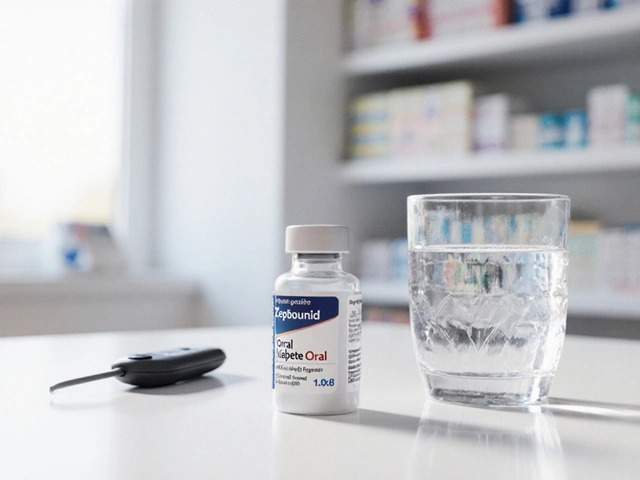How does life change after heart surgery? Dive into recovery tips, emotional aspects, practical lifestyle changes, and what to actually expect in daily life post-surgery.
Read MoreHeart Surgery Recovery: What You Need to Know
Finishing heart surgery is a huge relief, but the real work starts afterward. Your body needs time to heal, and the right habits can make that time shorter and smoother. Below you’ll find the most useful steps to get back on your feet without surprise setbacks.
First Week: Managing Pain and Getting Moving
Right after you leave the hospital, pain is the most common concern. Follow the doctor’s prescription schedule exactly—don’t skip doses, and report any new or worsening pain. Over‑the‑counter pain relievers can help, but only after you’ve checked with your surgeon.
Breathing exercises are a lifesaver. Sit up or lie on your side, place a hand on your belly, and take slow, deep breaths for 5‑10 minutes several times a day. This keeps your lungs clear, reduces the risk of infection, and improves oxygen flow to the healing heart.
Start moving as soon as you’re allowed. A short walk around the house or a gentle shift from bed to chair can prevent blood clots and keep muscles from stiffening. Aim for a few minutes every hour; you’ll feel better and the doctor will be happy.
Weeks Two to Six: Building Strength and Watching Your Diet
By the second week, you should be able to walk a bit farther. Increase distance by 5‑10% each day, but listen to your body. If you feel dizzy, short‑of‑breath, or sharp chest pain, stop and call your care team.
Nutrition plays a huge role in heart healing. Focus on foods low in saturated fat, salt, and added sugars. Fresh fruits, vegetables, whole grains, lean protein (like fish or beans), and a handful of nuts give your heart the nutrients it needs. Stay hydrated—aim for 8‑10 glasses of water daily, unless your doctor says otherwise.
Limit alcohol and quit smoking completely. Even a single cigarette can reverse the progress you’ve made. If you need help quitting, ask your doctor about nicotine patches or counseling services.
Sleep is your secret weapon. Aim for 7‑8 hours of quality rest, and keep a regular bedtime. Elevating your head slightly with an extra pillow can reduce swelling and make breathing easier.
Follow‑Up Visits and Red Flags
Keep all scheduled appointments. The surgeon will check incision healing, review medication, and run tests to make sure the heart is working properly. Bring a list of any new symptoms—persistent cough, swelling in ankles, sudden weight gain, or fever—because these can signal complications.
Know the red‑flag signs that need immediate attention: crushing chest pain, new shortness of breath, fainting, or a rapid heartbeat that feels out of control. Call emergency services right away if any of these appear.
Recovery isn’t a race. Some people feel back to normal in a month, others take three or more. Patience, consistency, and communication with your medical team are the keys to getting the best outcome.
Remember, every step you take—no matter how small—adds up. By managing pain, staying active, eating right, and watching for warning signs, you give your heart the best chance to heal fully. You’ve already made it through surgery; now keep that momentum going and enjoy a healthier heart for years to come.
Wondering how long you'll stay in hospital after heart surgery? Find specific stats, recovery tips and what impacts stay length with real-life insights and facts.
Read More





